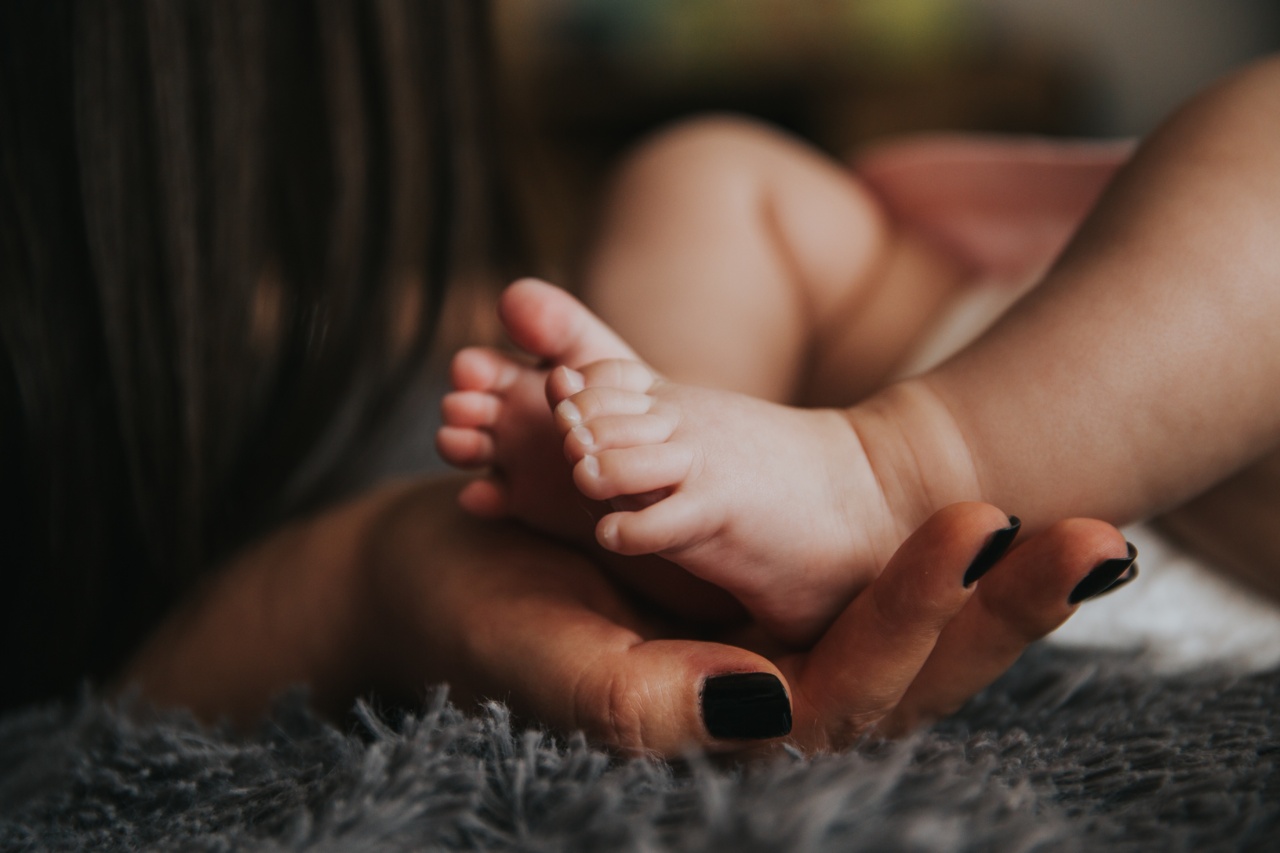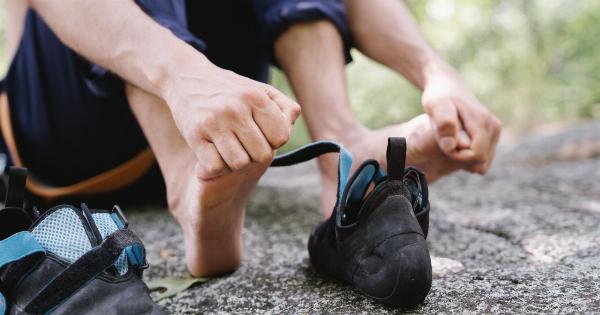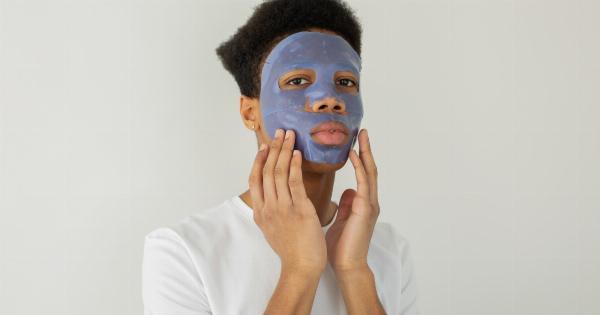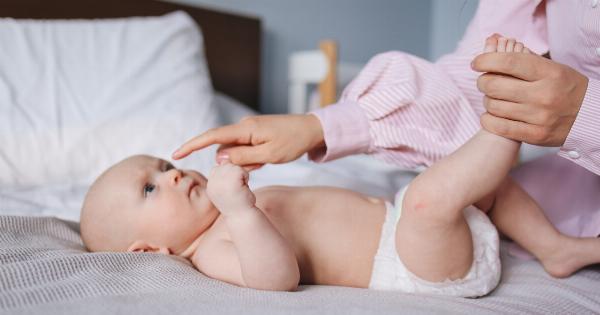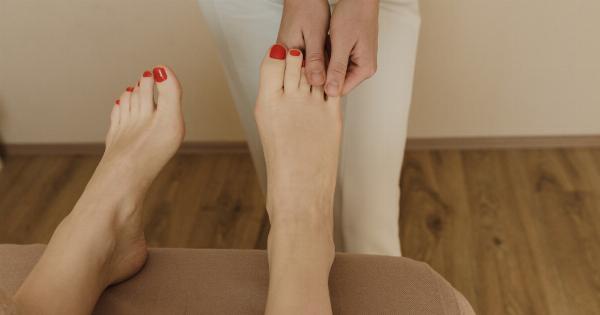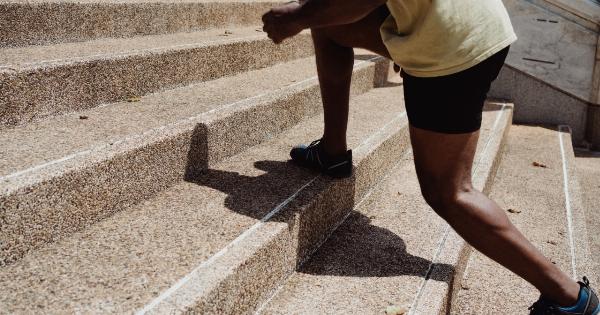Having sore feet and legs is a common issue that people deal with every day. Whether it results from standing for extended periods or walking, this tends to be a regular occurrence for many individuals.
However, chronic foot and leg pain can negatively impact a person’s quality of life, making simple tasks such as walking or standing difficult. Fortunately, issues such as this are avoidable, and individuals can permanently say goodbye to foot legs by following the right practices. In this article, we will explore different ways in which you can deal with this issue.
Choose the Right Footwear
The type of footwear you choose significantly determines the health of your feet and legs. Wearing shoes that do not fit appropriately can cause swelling, general pain, blisters, and even result in serious conditions such as bunions.
When buying shoes, it’s important to not only consider style and appearance but also ensure that they are comfortable and provide proper support to your feet. A good rule of thumb is to opt for shoes that fit the exact shape of your feet and are not too tight around the toes. Additionally, it is important to wear shoes that provide ample support and have good arch support.
Maintain a Healthy Weight
Another way to permanently say goodbye to foot legs is maintaining a healthy weight. Carrying excess weight can add extra pressure on your lower extremities’ joints and muscles, creating discomfort, fatigue, and pain.
Whenever you’re carrying extra weight, your feet and legs work more than they should, and this can cause inflammation and swelling. Therefore, maintaining a healthy weight can alleviate these issues and make you feel more comfortable in your shoes.
Exercise
Exercising is a natural way to strengthen your legs and feet and improve blood circulation. Activities such as running, swimming, cycling, or even walking can strengthen your muscles, reduce stress, and help alleviate foot and leg pain.
Additionally, it is essential to incorporate stretching exercises before and after physical activity to prevent injury and increase flexibility. Also, consider activities such as yoga or Pilates, which can improve your balance, flexibility and strength.
Elevate Your Feet When Resting
Elevating your feet can help promote better blood circulation and reduce swelling, thereby relieving pain and discomfort.
If you spend long hours on your feet or sit for extended periods, consider giving them a break by propping them up on a pillow, foot stool or other raised surfaces for a few minutes every hour. Alternatively, soak your feet in warm water or take a relaxing bath with Epsom salts. These practices can help reduce inflammation in your feet and legs and improve circulation.
Use Massage Therapy
Massage therapy is an excellent way to reduce pain in your feet and legs, improve circulation and promote relaxation. A professional massage therapist can work with you to address specific issues, or you can opt for self-massage techniques.
For instance, you can use a tennis ball or other foot roller to massage the sole of your foot, which can alleviate pain and improve flexibility. Similarly, massaging your leg muscles with a foam roller can help with recovery and reduce soreness. The key is to do it regularly, before and after physical activity.
Visit a Foot Specialist
If you have persistent foot or leg pain, it is advisable to check in with a foot specialist. A professional can diagnose the root cause of your pain and recommend a tailored treatment plan.
They may suggest wearing custom-fitted orthotics, doing physical therapy, undergoing surgery, or giving some lifestyle recommendations. It is important to ask questions and make informed decisions about your health.
Practice Good Hygiene
Proper foot hygiene is essential to prevent foot-related issues such as foot odor, fungal infections and athlete’s foot. To ensure good foot hygiene, make sure to keep your feet dry, and change your socks often.
Additionally, wear shoes that can ventilate your feet and allow them to breathe. Wearing cotton socks is ideal for dealing with sweat produced, and avoid wearing damp socks or shoes.
Avoid Wearing High Heels
High heels can lead to many issues, including pain in the ball of your foot, blisters, inflammation, and even stress fractures. Long-term use can cause serious complications and can lead to nerve damage.
If you must wear high heels, choose shoes that cuneiform and not sharply angled heels. Also, avoid wearing high heels for extended periods, and take occasional breaks to rest your feet and stretch your legs.
Apply Heat and Ice Therapy to Your Feet
Applying heat and ice therapy is an effective way to treat foot and leg pain resulting from acute injury, inflammation, or swelling.
For instance, applying a cold pack to your feet and legs after physical activity can help reduce inflammation and relieve pain. On the other hand, applying heat to tense muscles can help relieve fatigue and tension. To get the best results, alternate between hot and cold therapy for several minutes, repeating the cycle a few times.
Stay Hydrated
Staying hydrated and drinking plenty of water each day can help your body produce enough fluids that support joint lubrication and reduce inflammation. It is important to avoid sugary drinks that can lead to dehydration and other health issues.
Dehydration can cause more than just foot and leg pain, so it is ideal to consider water consumption as an essential health practice.
Conclusion
Chronic foot and leg pain can significantly impact your quality of life, and the good news is, you can permanently say goodbye to foot legs by following good lifestyle practices.
Choosing the right footwear, maintaining a healthy weight, exercising, elevating your feet when resting, using massage therapy, visiting a foot specialist, practicing good hygiene, avoiding wearing high heels, applying heat and ice therapy, and staying hydrated are some of the ways you can get rid of this issue. Incorporate these practices into your daily routine, and remain consistent, and you’ll start experiencing positive results in no time.
